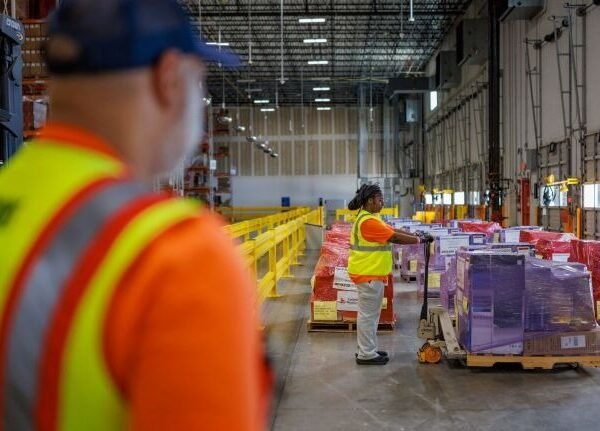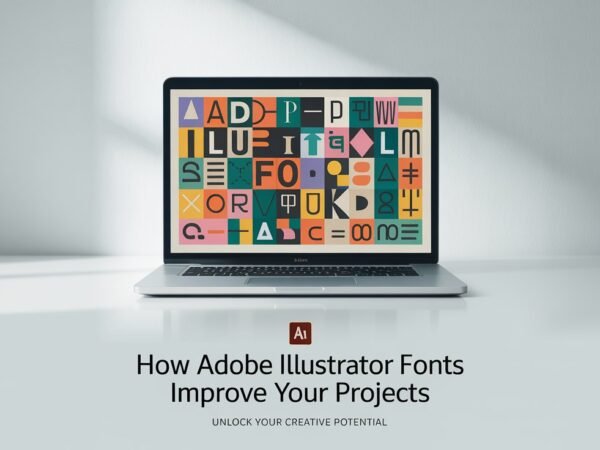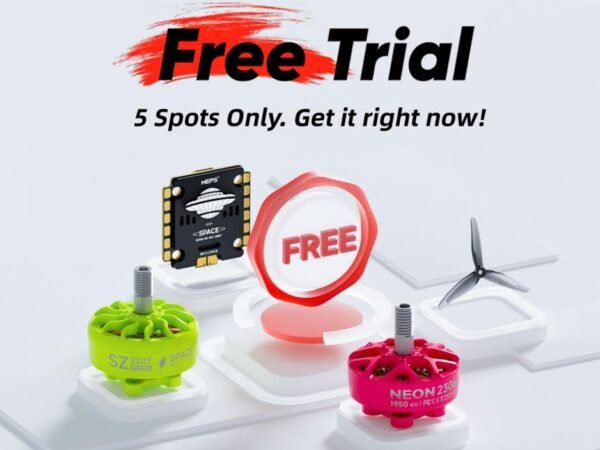Precision is essential in the highly competitive manufacturing sector, particularly for small metal components that play a critical role in aerospace, automotive, robotics, and medical devices. Even minor dimensional deviations can lead to costly rework, performance failures, or, more critically, safety risks. For manufacturers committed to upholding stringent quality standards and optimizing operational efficiency, machine vision AI-powered non-contact measurement solutions are transforming the landscape of precision inspection. These cutting-edge technologies enable faster, more accurate measurements, reducing the risk of human error and increasing production throughput. As a result, manufacturers can ensure superior product quality while enhancing their competitive edge in the marketplace.
Why Accurate Dimension Measurement Matters for Small Machinery Parts
Small metal components, including gears, pins, fasteners, and brackets, often have complex and intricate geometries with tight tolerances. Despite their small size, these parts play a vital role in ensuring the optimal performance of critical machinery. A minor error in their dimensions can compromise safety, functionality, or reliability in demanding applications such as aerospace engines, robotic actuators, or precision medical devices.
Common challenges these parts present include: Intricate geometries with small features High aspect ratio holes and internal structures Tight tolerances (±2–10 microns) Threaded, grooved, or slotted areas Glare and surface reflection can interfere with accurate measurement, especially on polished or reflective metal surfaces.
Traditional contact-based measurement tools, such as calipers and CMMs, often struggle with these parts due to their limitations in accessing small or delicate features and reliance on physical contact. Machine vision AI-powered non-contact measurement solutions offer a precise, damage-free alternative that ensures manufacturers meet exacting standards every time, even when dealing with challenging glare or surface reflections.
The Role of Machine Vision AI-Powered Non-Contact Measurement Solutions
Machine vision AI-powered non-contact measurement systems provide a cutting-edge solution for measuring the diameter of small-scale metal components. These systems leverage advanced optical technologies such as laser triangulation, structured light, confocal sensors, and high-resolution machine vision cameras to capture precise dimensional data without physical contact. Here’s how it works:
Projection of Light
A focused light source (e.g., laser beam or structured light pattern) is projected onto the inspected part.
Reflection Capture
The light interacts with the part’s surface and is reflected toward high-resolution optical sensors or machine vision cameras positioned at precise angles.
Processing of Reflected Light
The reflected light is processed to generate highly accurate 2D or 3D point cloud data, which creates a detailed digital model of the part’s surface.
Dimensional Data Extraction
The digital model serves as the foundation to extract critical dimensional measurements such as Outer and inner diameters Depths of bores and cavities Thread pitch, angle, and profile accuracy Surface flatness and roughness characteristics Edge radius and contour sharpness Height, width, and symmetry across multiple axes
Inspection of Intricate Features
For small metal machinery parts with intricate geometries and tight tolerances, machine vision AI-powered non-contact systems can thoroughly inspect macro-level forms and micro-scale details without touching, altering, or damaging the part.
Backlighting in Enhanced Edge Detection
Backlighting is an advanced technique that enhances edge detection, especially for small metal parts with fine or sharp-edged features. The process includes:
Light Source Placement
A light source is positioned behind the component, creating a high-contrast silhouette.
Enhanced Geometry Capture
The silhouette allows the camera to capture the outer geometry of the part.
Accurate Measurement of
Outer contours and edges Small holes or cutouts Thin walls and profiles Burrs or edge breaks
Improved Edge Visibility
Backlighting enhances the visibility of edges and works alongside front-facing illumination methods like lasers or structured light.
Effective on Challenging Geometries
This technique benefits parts with complex outlines, minimal reflectivity, or difficult-to-inspect surfaces, ensuring consistent, high-quality results.
Step-by-Step Process for Accurate Dimension Measurement of Small Machinery Parts
The integration of machine vision AI-powered non-contact measurement solutions into manufacturing workflows streamlines the process and ensures precise, repeatable results:
Part Loading
Small parts are placed onto a conveyor system, manually aligned, or automatically guided into the inspection area.
Illumination and Imaging Setup
AI-powered systems use structured light or laser triangulation to illuminate the part and capture its detailed features.
Image Acquisition and Data Capture
High-resolution machine vision cameras and sensors collect detailed 2D or 3D images, digitally representing the part’s surface.
Dimensional Analysis
AI algorithms analyze the data in real time, comparing it to predefined CAD models or tolerance thresholds to determine part quality.
Automated Decision-Making
The system automatically flags defective parts, triggers alerts for deviations, and sends real-time feedback for corrections to manufacturing processes.
Data Logging and Reporting
Every measurement is logged for traceability, supporting continuous improvement initiatives and regulatory compliance.
Process Optimization
The inspection data can be integrated with MES or AI analytics platforms to optimize production parameters, detect tool wear early, and ensure continuous quality improvement.
Why Machine Vision AI-Powered Non-Contact Measurement Solutions Are Essential for Manufacturers
The advantages of machine vision AI-driven non-contact measurement systems are clear:
Speed and Efficiency
These systems can rapidly capture and analyze data, significantly reducing inspection time and boosting production throughput and operational efficiency.
Unmatched Precision
Optical sensors and AI-powered algorithms offer exceptional resolution, even when measuring tiny, complex features with high precision.
Reduced Wear and Maintenance Costs
These systems don’t require physical contact, so they avoid wear and tear, leading to longer equipment life and lower maintenance costs.
Seamless Automation Integration
These systems can be easily integrated into automated production lines, providing real-time, inline inspection and eliminating bottlenecks in quality control.
Repeatability and Consistency
Machine vision AI systems ensure that every measurement is consistent, reducing the risk of human error and maintaining product quality across large production runs.
Industry Applications: How Machine Vision AI Transforms Manufacturing
Machine vision AI-powered non-contact measurement systems are rapidly being adopted across a range of industries thanks to their accuracy and efficiency:
Automotive
Small components like gears and fasteners are measured with micron-level precision to ensure seamless integration into engines, transmissions, and other critical vehicle systems.
Aerospace
Pins, brackets, and fasteners are inspected for dimensional accuracy to meet strict aerospace standards and ensure safety.
Robotics
Components for robotic actuators and automation systems are measured rapidly to maintain consistent performance and precision in automation applications.
Medical Devices
Small metal parts, such as surgical instruments and implants, are inspected without contact to avoid contamination and ensure high safety and quality standards.
Tooling
Molds, cutting tools, and precision instruments are measured quickly and accurately to maintain high-quality production and tool longevity.
Conclusion
In conclusion, machine vision AI-powered non-contact measurement solutions are revolutionizing the precision inspection of small metal components. By overcoming traditional measurement challenges such as intricate geometries, tight tolerances, and surface glare, these advanced systems provide manufacturers with unparalleled accuracy, speed, and efficiency. As a result, they enable high-quality production, reduced error rates, and improved operational productivity—critical factors in maintaining competitiveness and meeting industry demands.
Do Read: How Governments Are Using Data Science for Policy and Decision-Making













